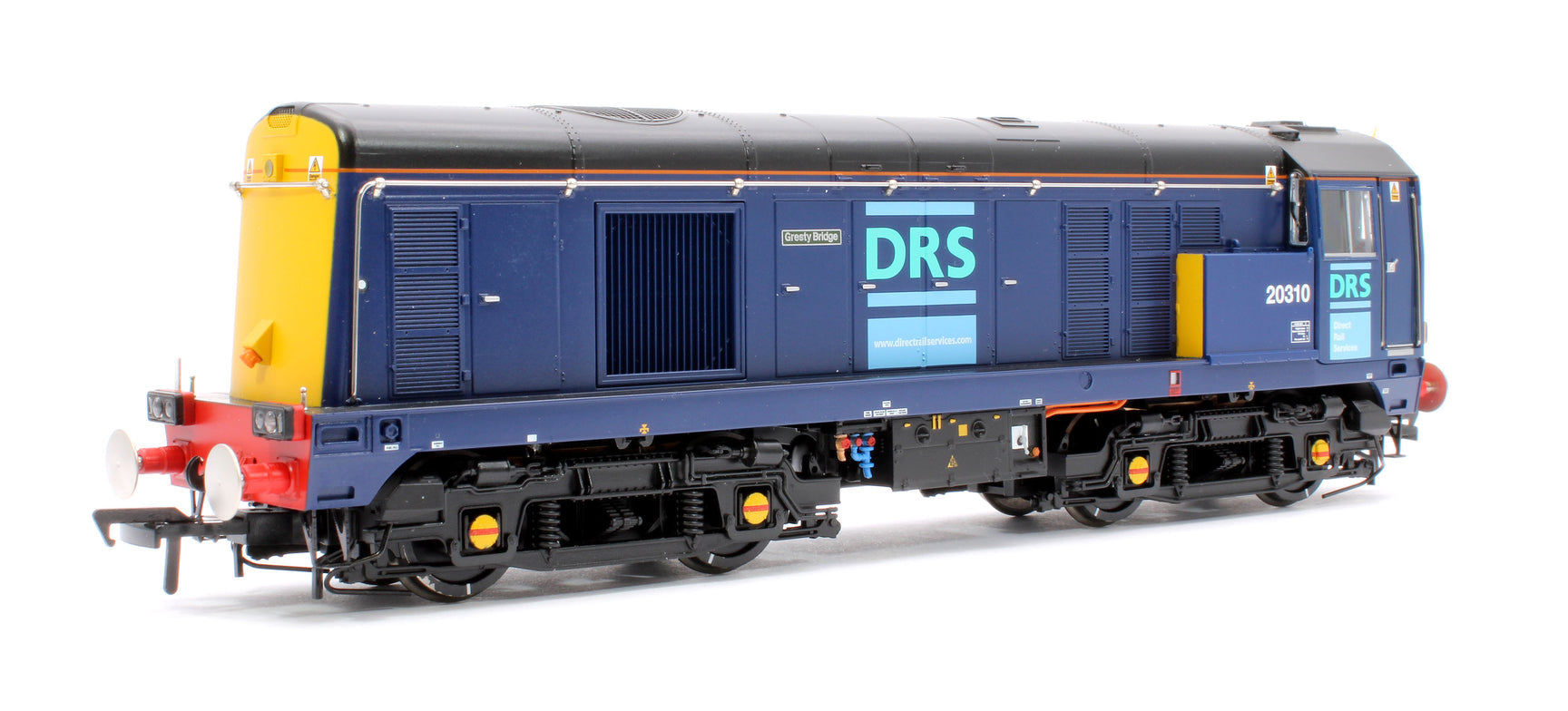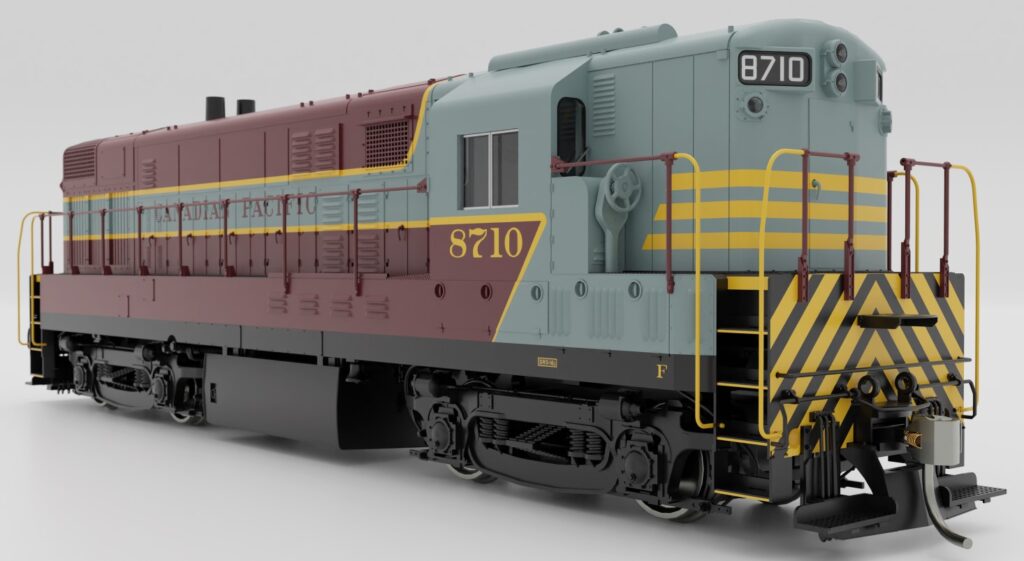Hornby have revealed sample images for their newly tooled range of LMS Princess Coronation 4-6-2 steam locomotives in TT:120 scale. Three different variations are expected in LMS and BR liveries, with the first, ‘Duchess of Atholl’ expected to arrive imminently and the rest following on later.
All of these beautiful new models are available with or without digital sound pre-fitted.
In Stock Now
Product Features
Highly detailed models with separately fitted parts including handrails, safety valves, pipework, lamp irons, sprung buffers and more
Digital & sound capability – NEXT18-pin socket
Powerful 3-pole motor with flywheel, 6-wheel drive and all-wheel pickups
Factory fitted 15 x 11mm cube speaker
NEM standard TT:120 couplings
Accurate tooling variations including smoke deflectors (or lack thereof) and more
Prototype Information
The London Midland and Scottish Railway (LMS) Coronation Class is a class of express passenger steam locomotives designed by William Stanier. They were an enlarged and improved version of his previous design, the LMS Princess Royal Class, and on test were the most powerful steam locomotives ever used in Britain at 2,511 dbhp.
The locomotives were specifically designed for power as it was intended to use them on express services between London Euston and Glasgow Central; their duties were to include the hauling of a proposed non-stop express, subsequently named the Coronation Scot.
The very last of the 38 locomotives was completed in 1948. After a successful decade of operations in the 1950s, the 1960s’ modernisation plan was the ultimate undoing of the Coronations. Not only did the increasing use of diesel locomotives make many of the class redundant, but the electrification of the main line between London Euston and Crewe also resulted in their banishment from this important section of the main line as there was insufficient clearance between the locomotives and the live wires. With no useful role to play, the survivors were scrapped en masse from late 1962 to late 1964. Fortunately, three locomotives were saved for preservation.
 Hornby TT:120 LMS Princess Coronation Samples
Hornby TT:120 LMS Princess Coronation Samples

 Upcoming Store Event – Diecast Day (25% OFF!)
Upcoming Store Event – Diecast Day (25% OFF!)
 New Bachmann OO Class 20s In Stock Now
New Bachmann OO Class 20s In Stock Now